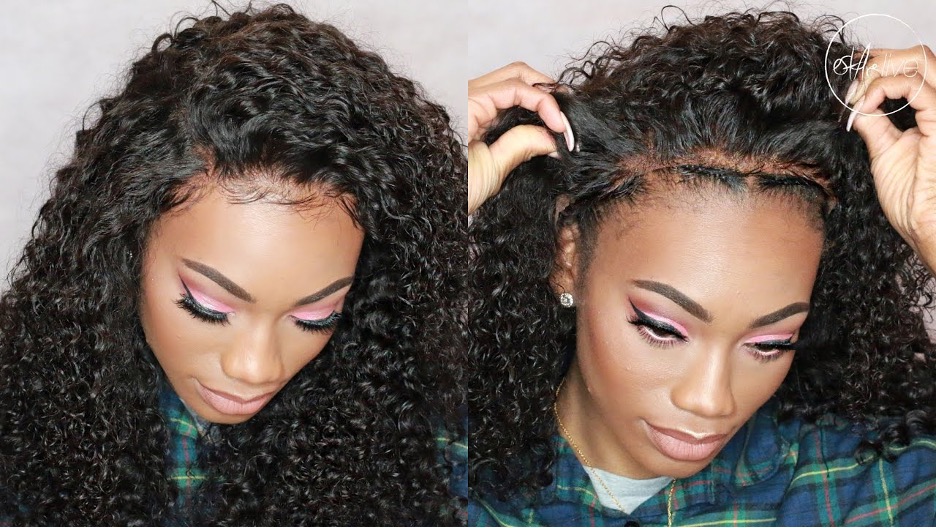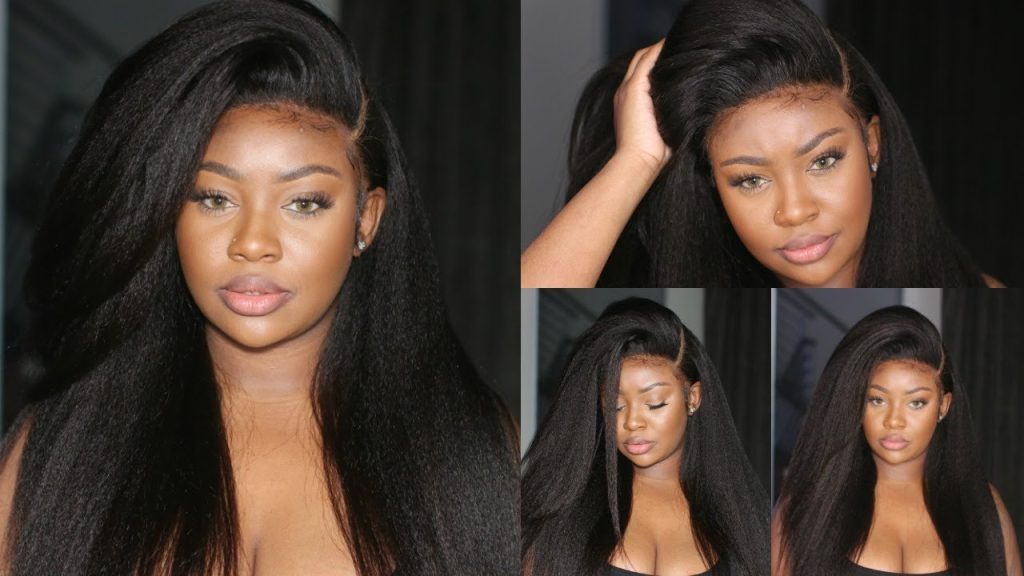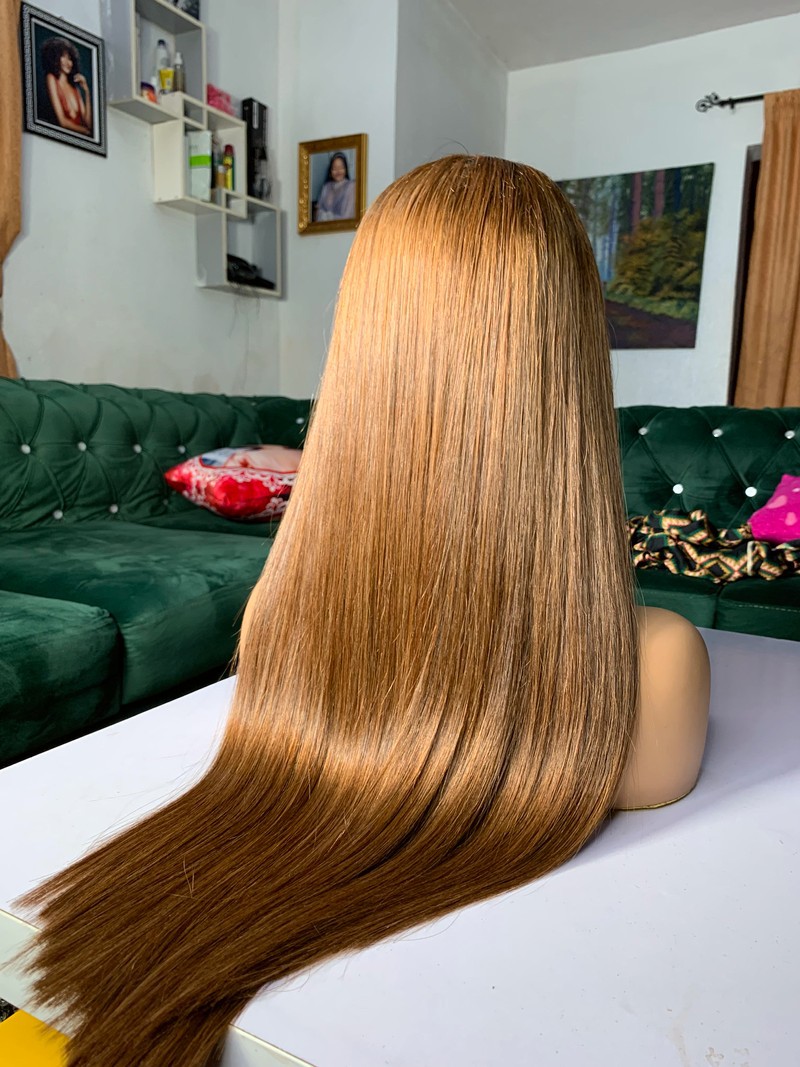Losing your hair is a distressing situation. Buying a wig is a huge step in taking control of your hair loss experience because human hair wigs more expensive. With so many alternatives available, you might not know where to begin. After all, you want to be certain that the wig you select is appropriate for you, your needs, and your budget. The cost of wigs varies so much. While some wigs are expensive, others appear to be a value. You could feel as though you’re stepping into the unknown and perhaps risking time, money, and energy if you don’t know what factors affect wig prices.
Even if it wasn’t one of our pieces, we have assisted thousands of ladies in finding the best wig for them. Finding the ideal wig is a crucial step in our mission to help you feel less humiliated of your hair loss.
Your choice of wearing synthetic or human hair is one of the main factors that affect wig prices. In this post, we’ll examine the several elements that contribute to the vast range of human hair wig prices. Wigs made of human hair are not all created equal. The standard of the materials and labour procedures employed determines the main variations in human hair wigs.

- Hair type applied to human hair wigs
European or Asian hair are the two main types of hair sources used to create human hair wigs. South American nations like Brazil and Chile are among the other nations that are frequently used as suppliers of hair.
Italian Hair
Asian hair wigs are less expensive than European hair wigs. Many Russian and Ukrainian women in the 1990s and early 2000s sold their ponytails to make ends meet, particularly when the Soviet Union fell apart. Women were paid a full month’s salary for a ponytail of hair, which led to a significant amount of hair being collected during this time. Women’s urge to sell their hair decreased when economic conditions improved, decreasing the availability of. Women’s urge to sell their hair decreased as economic conditions improved, reducing the availability of genuine European hair.
European hair is currently in short supply. If a wig is promoted as being made entirely of European hair, it is likely that the hair was harvested in the past and that the producers have a plentiful supply. It is a substance that is in high demand and low availability due to its rarity and fine, smooth, silky feel.

Asian Hair
Asian women have always sold their hair to make ends meet. Hair collection is still a thing because China is regarded as the wig capital of the world and exports 70% of all wigs. The majority of this hair is collected from floors, sinks, and hairbrushes before being sold to wig makers. The hair cuticles frequently do not flow in the same direction, leaving it dirty and untidy when it arrives at the factory. Because the hair is not divided, various hair types and textures are mixed.
Hair is thrown into a big bowl to be washed and processed in order to speed up the wig-making process. Using acid baths, the cuticles are removed from the hair, leaving it dry and unnaturally shiny. Very intense silicon treatments are used to smooth and soften the hair, but these treatments eventually wear off, leaving the wig dry and prone to tangling.
Asian hair is more plentiful because hair collection is still a common activity, which lowers the cost of a human hair wig created from Asian hair sources.
- MATERIALS FOR CAPS USED IN WIGS
A wig hat plays a significant role in wig comfort. Wigs whose caps are created from fabrics such as lace or silk are more expensive than caps that are produced from lesser materials such as nylon. Nylon caps have a very distinct hairline that may not align or comfortably mould with your natural hairline. Moreover, the material may be unpleasant, rigid, and irritable. Wigs made of delicate lace, on the other hand, are more cosy, less likely to itch, and more likely to match your natural hairline.
- THE WIG’S LENGTH AND COLOR
Hair length is one of the more visible elements that affects price. Longer wigs are more expensive than shorter wigs, especially if they are made of high-quality European human hair Wig. However, wig price is also influenced by colour. Wigs that are blonde and lighter cost more than wigs that are brunette and deeper. Simply put, a lighter wig demands more time and resources due to the additional treatments needed to achieve its lightness. The kind of colour employed during production has an effect on wig costs as well.

To lighten and colour the hair in large quantities, several businesses employ bleach and carpet dyes. High-quality hair dye is typically used to colour higher-quality human hair wigs in small batches. Colorists spend years learning the best way to mix dyes so that every batch of hair may obtain the desired hue.
- HOW TO MAKE A HUMAN HAIR WIG
Every stage of the production process calls for specialised care while creating high-quality human hair wigs. Wig makers who are committed to producing only the best wigs in their craft—similar to haute couture in fashion—have undergone meticulous training and practise. Wigs handcrafted by trained, talented artisans can take up to a month to make, as opposed to mass-produced hairpieces, which are made in a matter of days. In comparison to wigs created by machines, those made with this level of care are higher quality, more durable, and appear more natural.
- VENTILATION FOR WIG CAPS AND HAIR DENSITY
The manner the hair is secured to the cap determines how well-ventilated a wig is. The price and longevity of a wig will be affected by how a hat is ventilated. A wig’s quality and natural appearance are improved by hand-tying it. Nevertheless, not all hand-tying techniques are the same. Hair is secured to the cap by being knotted in knots and threaded through tiny holes to ventilate a wig. Some businesses speed up the procedure by using four or five hairs per hole.
Some businesses, in contrast, will only have one hair in each knot. Ventilating the cap takes 4-5 times as long with this.Hair is secured to the cap by being knotted in knots and threaded through tiny holes to ventilate a wig. Some businesses speed up the procedure by using four or five hairs per hole.
Some businesses, in contrast, will only have one hair in each knot. Ventilating the cap takes 4-5 times as long with this. When using a single knot, the knot is tighter and moves more naturally than when using numerous hairs in a knot, which can seem unnatural and shed more quickly. Compared to a wig with single knot ventilation, this shortens the wig’s lifespan and compromises its structure.
